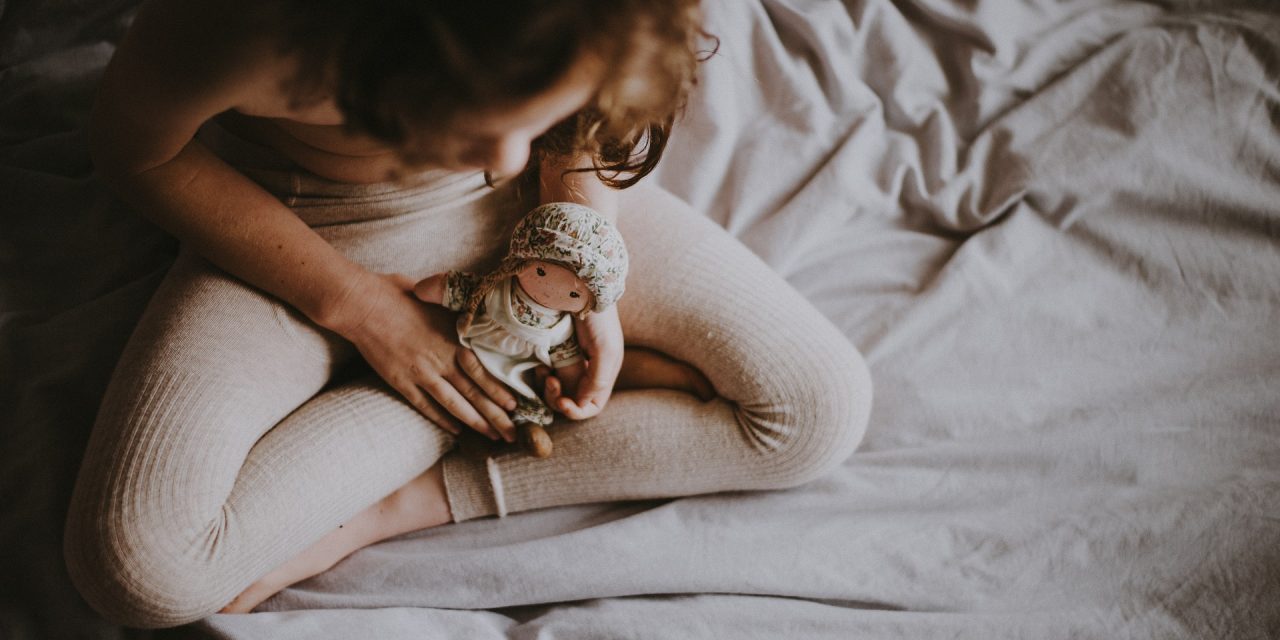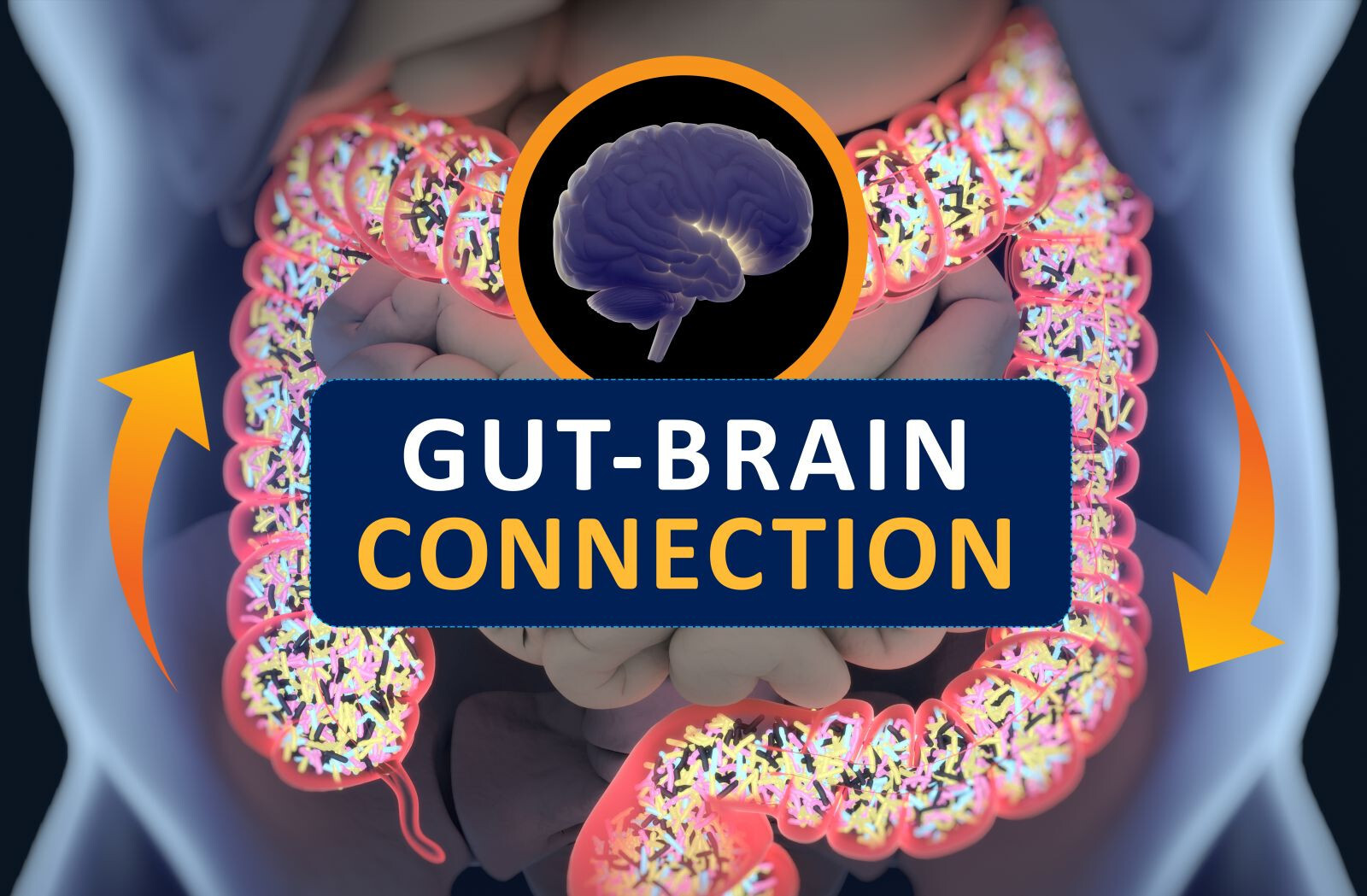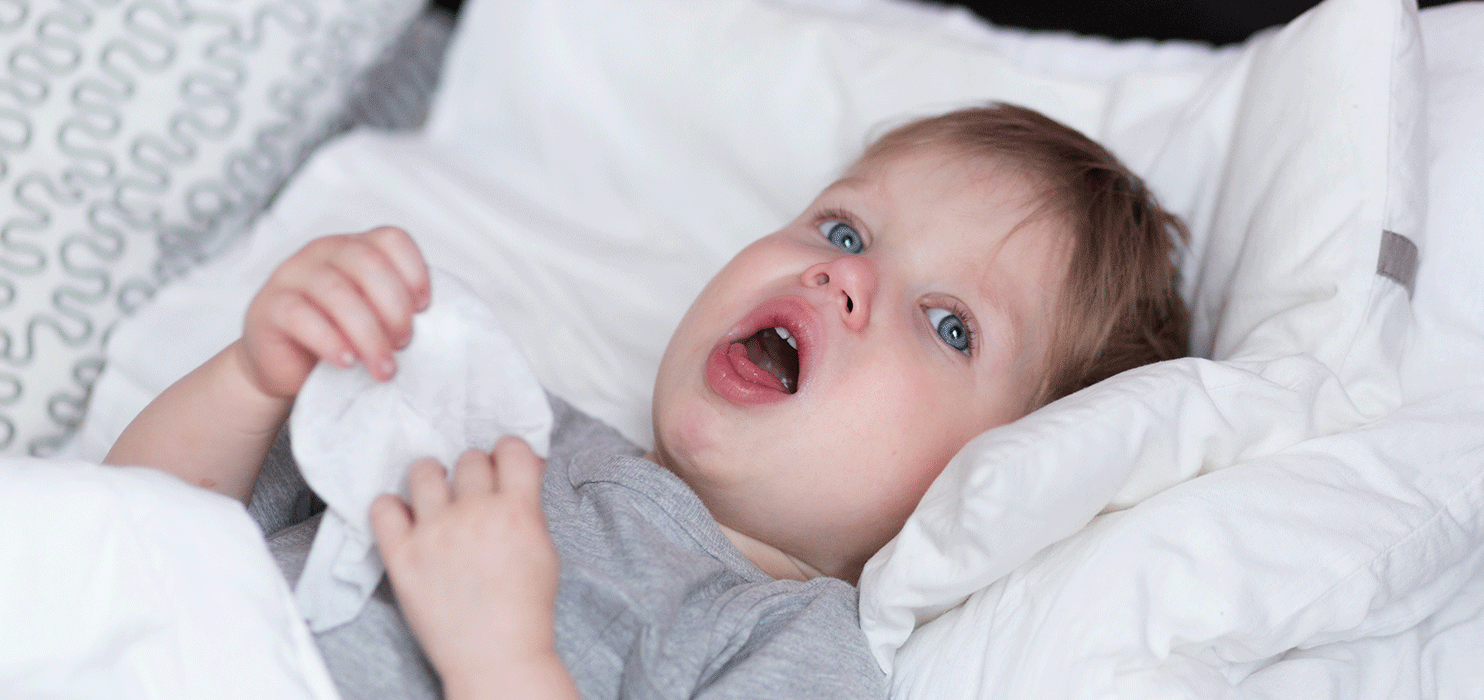Many people are of the opinion that obsessive-compulsive disorder or OCD is an illness that affects mostly adults. This fact isn’t entirely true. Young children and adolescents can also be diagnosed with OCD. Does your child worry about something wrong happening if they don’t wear their favorite dress? Do they have an uncontrollable urge of washing hands over and over again or checking the door lock multiple times? These are all signs of OCD in children.
Childhood-onset OCD might be a little different from OCD in adulthood. Sometimes, this childhood disorder could also persist well into adulthood, if not diagnosed and treated on time. From causes and signs to treatment, here’s a guide to help you learn more about OCD in children.
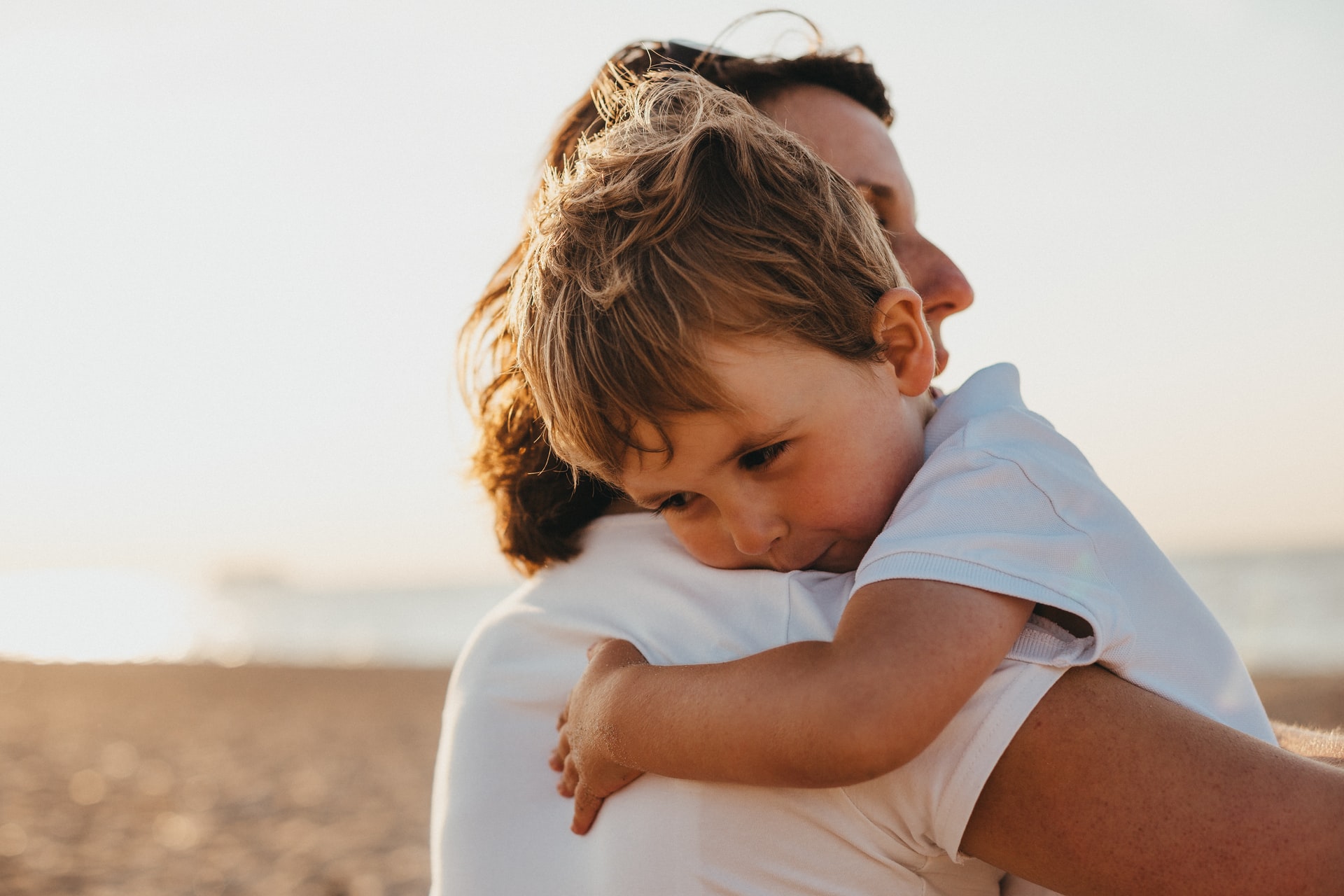
Obsessive-compulsive disorder can affect children as well as adults.
What Is Obsessive-Compulsive Disorder?
In simple terms, obsessive-compulsive disorder or OCD is a type of anxiety disorder. It can affect children, teenagers, as well as adults. The disorder is characterized by obsessions and compulsions that can interfere with everyday life. Obsessions are recurring thoughts, images, or ideas that won’t go away and are worrying or extremely distressful. Compulsions, on the other hand, are recurrent behaviors that a child does to relieve anxiety.
OCD was initially considered an anxiety disorder. But the DSM-5 or the latest edition of the Diagnostic and Statistical Manual of Mental Disorders groups OCD into its own disorder class. OCD is now diagnosed under “Obsessive-Compulsive and Related Disorders.” Many children are diagnosed around 10 years of age or around puberty. In rare cases, children as young as 5 or 6 years old might also be diagnosed with OCD.
Causes Of Obsessive-Compulsive Disorder (OCD) In Children
As of now, there’s no evidence that pinpoints the exact cause of OCD in children. However, research does suggest a few factors that play a role and these are:
- Genetics: Research suggests that OCD tends to run in the family. While there isn’t a specific gene, there could be particular alleles or versions of certain genes that signal vulnerability. However, the disorder might also occur without a family history of OCD.
- Brain Structure: Many imaging studies have shown a connection between OCD and abnormalities in the frontal cortex. These abnormalities could also be in the subcortical structures of the brain.
- Early-life Trauma: As per a few studies, there could be a link between traumatic events, like sexual assault, and the development of OCD symptoms in children. Apart from such events, stress at school, illness, and relationship difficulties could also trigger OCD in children.
- Another cause of OCD in children is an autoimmune reaction within the brain. This form of OCD refers to PANDAS or autoimmune subtype. Research suggests that this form of OCD is triggered by the same bacteria that causes scarlet fever and strep throat.
Signs And Symptoms Of OCD In Children
The diagnosis of OCD in children could be a little tricky. Parents might not be able to recognize the signs if they see them as a part of the child’s everyday routine. That’s why it’s important to visit a mental health practitioner who can do a proper diagnosis of OCD in children. In most cases, children with OCD will have obsessions or compulsions, or a combination of both.
Examples Of Obsessions
- Extreme distress or worry about bad things happening. Excessive worrying about doing something wrong or lying.
- Disturbing thoughts or images of violent or alarming things such as harming others.
- Preoccupation with symmetry, exactness, or order.
- Fear of contamination or obsession with dirt or germs.
- Worrying thoughts about violence, harming oneself, or hurting others.
- Persistent need to remember things that might be very minor.
- Aggressive thoughts and repeated doubts about small tasks like locking the door.
Example of Compulsive Behaviors
- Excessive hand washing, brushing teeth, or showering.
- Repeating words, sounds, or numbers to oneself.
- Counting and recounting over and over again.
- Asking the same questions repeatedly.
- Checking and rechecking a lot.
- Rearranging things in a particular or symmetrical order.
- Repeatedly seeking reassurance from family and friends.
Treatment For OCD In Children
A combination of medication and therapy works best for treating OCD in children. As of now, there isn’t a definitive cure for OCD but these interventions do help to control the effects to quite some extent.
Cognitive Behavioral Therapy (CBT) is the most common therapy treatment for OCD. This therapy helps a child identify and understand their fears and also encourages them to find new ways to resolve or reduce such fears. Some behavioral methods also help the child change such behaviors with the support of their family.
A form of CBT that’s the most effective in treating OCD in children is exposure and response prevention therapy (ERT). This therapy involves exposing the child to small amounts of things that usually trigger their anxiety or obsessions. The therapist provides a safe environment and helps the child control their compulsive behaviors to relieve anxiety. This cycle is repeated till the child feels less anxious and doesn’t need the compulsion anymore.
Along with CBT, medications like SSRIs, or selective serotonin reuptake inhibitors, are used to treat OCD. Depending on the diagnosis or the prevalence of other disorders with OCD, the healthcare provider could suggest some other medications as well.
How To Cope With OCD In Children
There’s no doubt that dealing with OCD in children could be a challenge. However, there are several ways that can help you cope as a family together. The first step is to know about OCD and reach out for professional help to treat it. As parents, try to learn as much as you can about your child’s OCD. This will help you support your child in treatment and reduce your own stress levels as well.
Try to educate all members of the family about OCD and engage them in at-home exercises that the therapist recommends for your child. You can also join a parenting community or connect with other parents of children with OCD. Remember that you aren’t alone in this journey and you can help your child control their OCD to quite some extent.
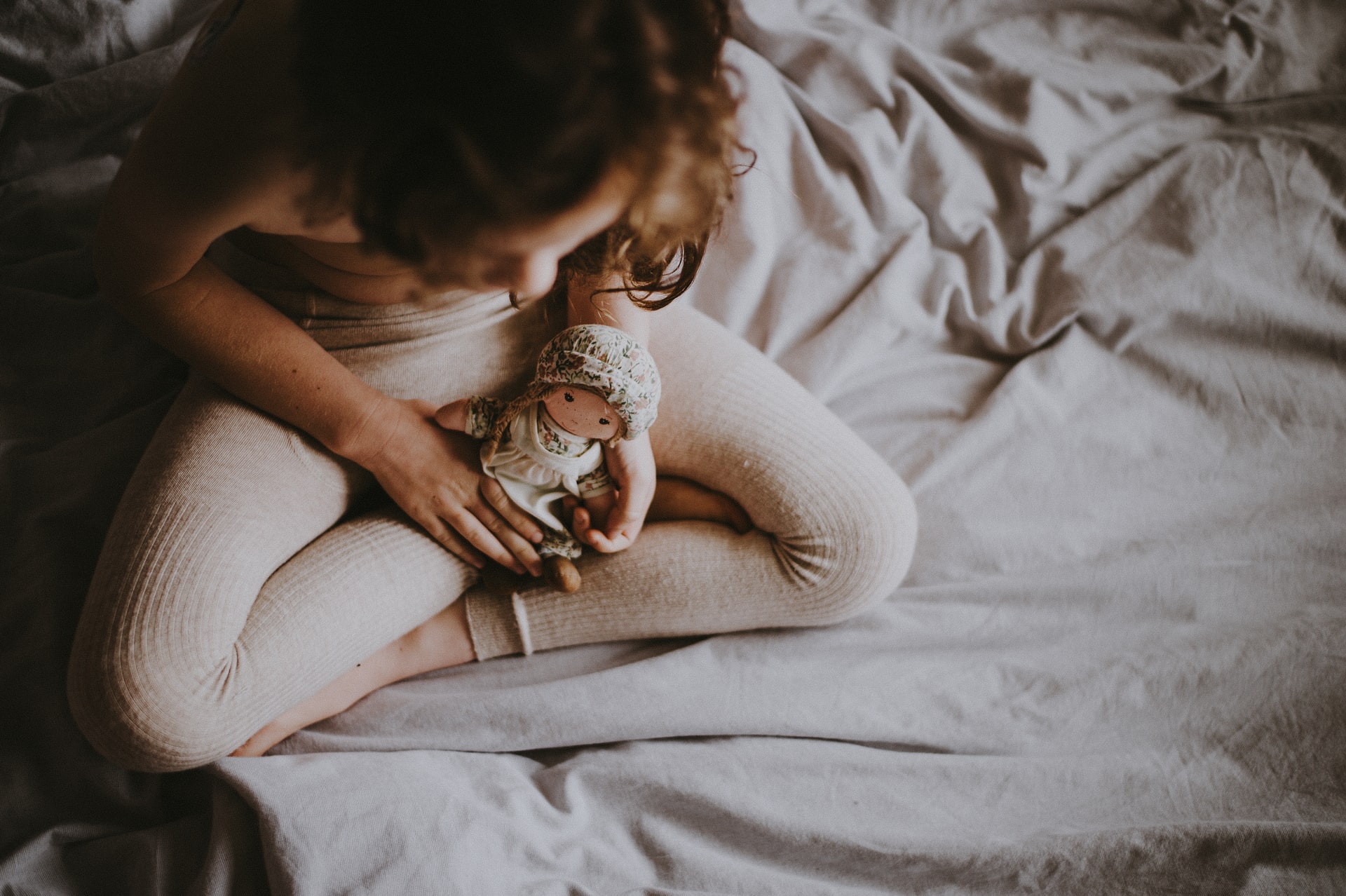
As parents, it’s important that you recognize the signs of OCD in children to help them cope with these behaviors better.
Conclusion
Keeping a tab on your child’s mental health is as important as their physical health. Although there isn’t a particular cause of OCD in children, the disorder does end up disrupting their everyday activities. As parents, you need to be more aware and look out for signs or symptoms of such thoughts and behaviors. If you notice such behaviors on a large scale, the best way forward is to get in touch with a mental health professional. Follow the interventions they recommend and provide enough support for your child.
For your child’s overall wellbeing, it’s also important to keep a tab on their immunization. Make use of our ImmunifyMe app to keep digitized records of your child’s vaccinations as well as keep a tab on their important milestones.
FAQs On Obsessive-Compulsive Disorder (OCD) In Children
What Is Obsessive-Compulsive Disorder In A Child?
OCD in children is a mental health disorder or a type of anxiety disorder. It’s characterized by obsessions (recurring thoughts that could be disturbing), and compulsions (recurring behaviors that children indulge in to relieve anxiety). These thoughts and behaviors interfere with their daily life and everyday activities.
What Are The Signs Of OCD In A Child?
Some signs of OCD in children are:
- Extreme distress or worry about bad things happening.
- Disturbing thoughts or images of violent or alarming things such as harming others.
- Preoccupation with symmetry, exactness, or order.
- Fear of contamination or obsession with dirt or germs.
- Excessive hand washing, brushing teeth or showering.
- Repeating words, sounds, or numbers to oneself.
- Rearranging things in a particular or symmetrical order.
What Is The Usual Age Of Onset For Obsessive-Compulsive Disorder?
The average age of onset for OCD in children is about 10 years of age. Diagnosis Of OCD for many children happens around puberty. However, in some cases, children as young as 5 or 6 years old might also be diagnosed with OCD.
Does Childhood OCD Go Away?
Childhood-onset OCD is likely to persist into adulthood. Although there isn’t a particular cure for OCD yet, a few interventions could help bring it under control. Medications along with therapy can help in the treatment of OCD in children. Cognitive and behavioral methods in therapy can help children cope with OCD and control it in adulthood.

